Mozambique: 29 confirmed mpox cases, including the first in Maputo province
Mozambique attacks: “If they caught me, they would behead me right away, like a goat”
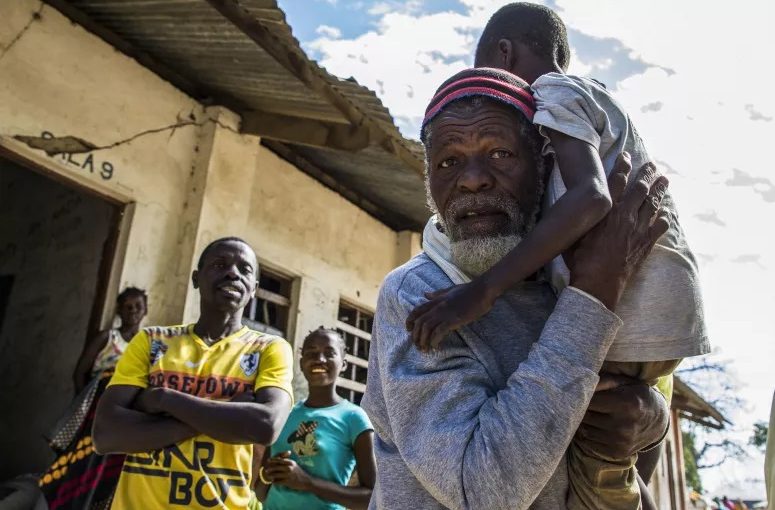
Faustino Raul (left) and his uncle Luís Rubane, both from Quissanga and now staying in the Metuge accommodation centre for IDPs, 40 km distant from Pemba, capital of Cabo Delgado. [Photo: Ricardo Franco/ Lusa]
Faustino Raúl is 37 years old. He helped bury a beheaded man near the village where he lived before fleeing Quissanga, Cabo Delgado province, northern Mozambique.
“I am still afraid. Those people, if they caught me, they would behead me right away, like a goat. I saw a beheaded person in the neighbouring village, who we buried later,” he tells Lusa, in the tone of someone not likely to forget what he saw any time soon.
Today, the former carpenter from Quissanga is one of 10,000 displaced people in the accommodation camps in Metuge, where hundreds of tents are pitched near the provincial capital, Pemba.
He arrived after “three days hidden in the bush, without eating”, just like his uncle, Luís Rubane, 65, a farmer.
“We ran away because of the ‘al-shabab’ war, but we don’t even know who the perpetrators are,” he told Lusa, using the popular expression for the aggressors which references their apparent affiliation with Islamic extremism, in a conflict whose true origin is still under debate.
“We saw the war, we saw it, yes, sir. When the enemy arrived, they started to burn our houses. We fled first into the bush, and then to Metuge,” he says.
The flight has passed, but the fear continues.
“We are afraid. We saw it with our own eyes. It was indescribable. We are increasingly afraid,” – even now, in a camp for the displaced, within sight of the provincial capital, Pemba, on the other side of the bay.
Alexandre Langa, 68, comes forward to explain that he was a young combatant “in the liberation war” against the Portuguese colonial regime, but says that this “is a different war”.
“It is difficult because they grab a person and behead them. And we have no weapons,” so fear lingers.
“I saw what they do. They tie people up and behead them,” adds Mondlane Abudo, 45, another displaced person from Quissanga district, whose capital was attacked in late March in a violent incursion that led to the almost complete abandonment of the coastal town.
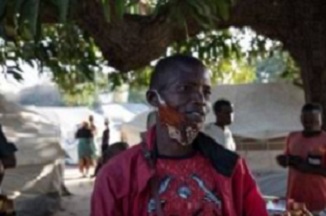
For anyone leaving Pemba in the direction of the attacked areas, the capital of Metuge district is the last vestige of security in the killing fields of Cabo Delgado.
During the day, people move around Metuge and life flows as usual – the population going about their daily routines or practising informal commerce at the dozens of stalls in the dust of the dirt road.
“Here in Metuge, we are safe. We have not had any scares yet. We are safe,” district administrator António Valério says.
But going north, the risk increases.
“If you walk north, you find the empty villages. Most of the population there were in danger and sought refuge in Metuge,” the district administrator says.
The hope is that the situation will improve so that “the displaced will be able to return to their villages and get back to production”, returning to the fields where they left their maize and other produce unharvested “so that they can support themselves”.
The attacks by insurgent armed groups that broke out in northern Mozambique in October 2017 have displaced 250,000 people and killed at least 1,000, including civilians, aggressors and members of the Mozambican Defence and Security Forces.
In the past year, the Islamic State jihadist group has claimed some of the attacks, and international organisations have come to classify the conflict in Cabo Delgado as a terrorist threat.



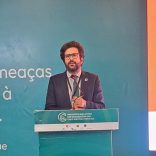

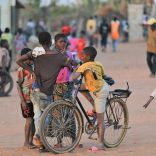
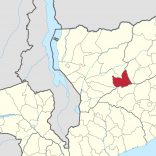

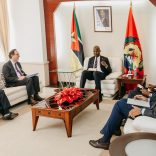
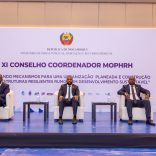
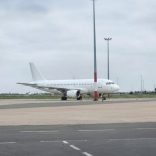
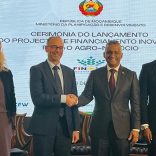

Leave a Reply
Be the First to Comment!
You must be logged in to post a comment.
You must be logged in to post a comment.